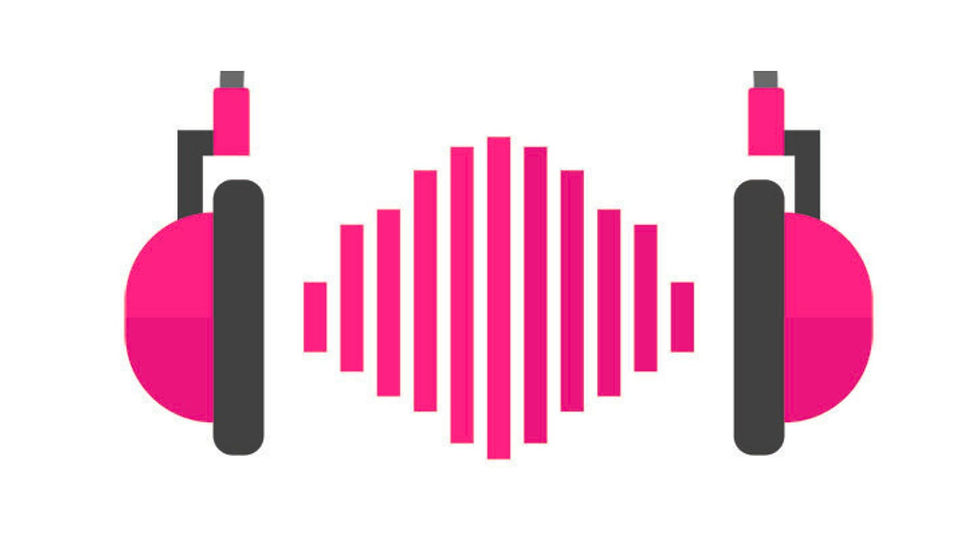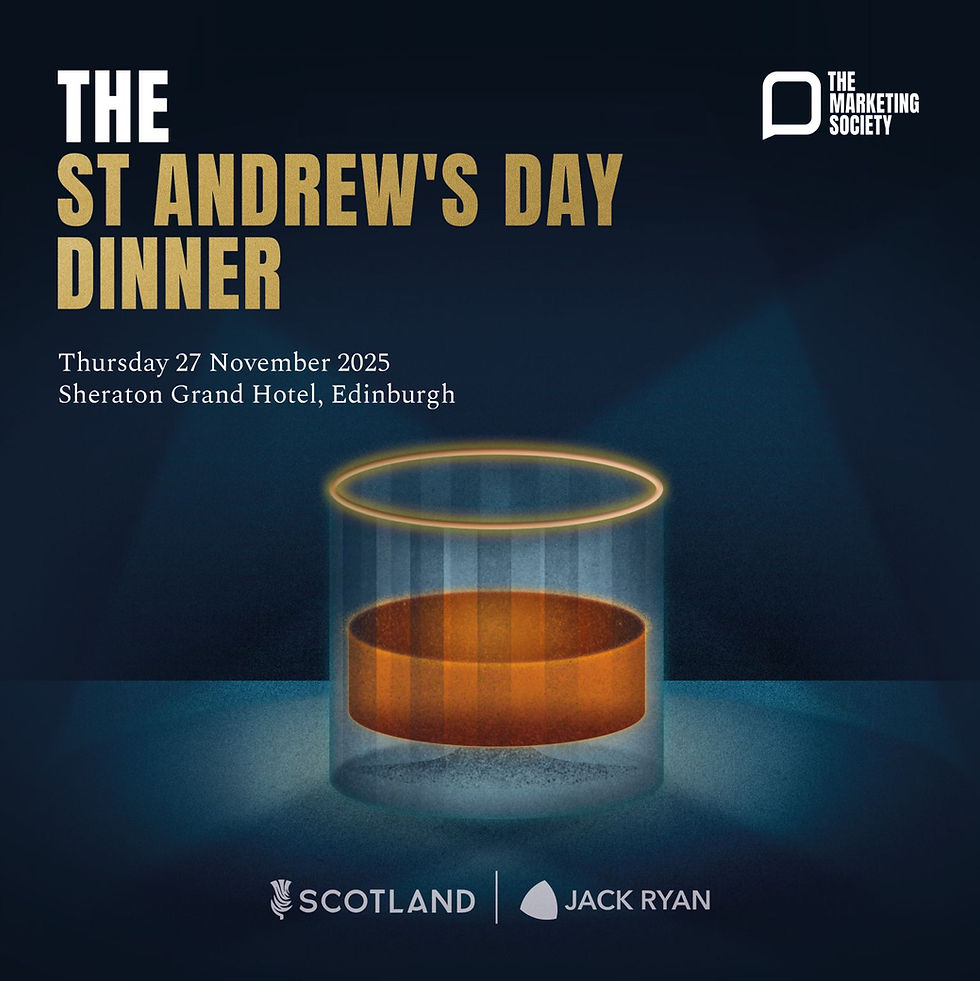The Micro-nudge strategy
- TeamJACK
- Apr 7
- 2 min read
By Ryan Dunlop, Strategy Partner.
Do you know how to micro-nudge? Not nudge. Micro-nudge.

There’s no shortage of discussion around behavioural nudging these days. From public health to energy campaigns, governments and brands alike are obsessed with influencing the “big” decisions. Eat better. Save more. Vote smarter. Drive less. And that’s all well and good.
But in our pursuit of the seismic shifts, we’ve overlooked the tremors that precede them.
The micro-decisions.
Do I click or scroll? Do I engage or stay passive? Do I act now—or later?
These tiny forks in the road happen hundreds of times a day. They steer focus, energy, and ultimately, behaviour. This is the invisible domain of the micro-nudge—a subtle prompt delivered at just the right moment, in just the right way, to guide behaviour without bulldozing autonomy.
Micro-Nudges Work Because They’re Precise
They don’t demand change. They invite it.
The best micro-nudges are like well-placed stage lights. They draw your attention—not your resistance. A checkout nudge that gently reinforces a smarter subscription tier. A momentary animation that highlights where to click next. A default option that aligns with your long-term goals, not your fleeting impulse.
These aren’t accidents. They’re strategic acts of behavioural design. In a world of hyper-fragmented attention, fighting for the spotlight isn’t always the answer. Sometimes, the win lies in guiding what the user notices, remembers, or even just pauses to consider.
That’s what makes micro-nudges invaluable in media planning:
They’re attention-respectful. Micro-nudges align with how people actually consume content—not how we wish they would.
They’re habit-forming. Repeated small actions lead to sticky behaviors. Think: the “Skip Intro” button becoming a ritual.
They’re low-friction. People rarely push back because they don’t feel pushed at all.
They blend into context, surfacing only when helpful. That’s how they earn trust—and attention.

Designing Nudges with Attention in Mind
Before crafting a micro-nudge, ask: What kind of attention are we working with?
Is it reflexive, triggered by novelty or motion?
Is it sustained, focused by choice?
Or is it ambient, guided by environment and emotion?
The smartest strategies align nudges to attentional states. For example, a subtle nudge in a focused workflow should respect that mental load—not add to it. Meanwhile, a reflexive nudge can make something feel instant and satisfying, like a haptic tap when a task is complete.
In other words, design with the user’s attention—not just their behaviour—in mind.
Start with timing. Nudges should appear at the decision moment—not too early, not too late.
Engineer the context. Can you make the ideal action the easiest one? The default one? The most visible one?
Use feedback loops. Tiny cues—like animation, audio, or visual reinforcement—can validate and reinforce choices.
Above all: don’t confuse nudging with control.
Done well, a micro-nudge doesn’t manipulate—it clarifies. It brings relevance to the surface. It honours the user’s intent and supports their follow-through.
Interested in learning more and how to effectively use micro-moment by micro-moment to drive behaviour? Let's talk. Remember... the tiniest hinge still swings the biggest door.



